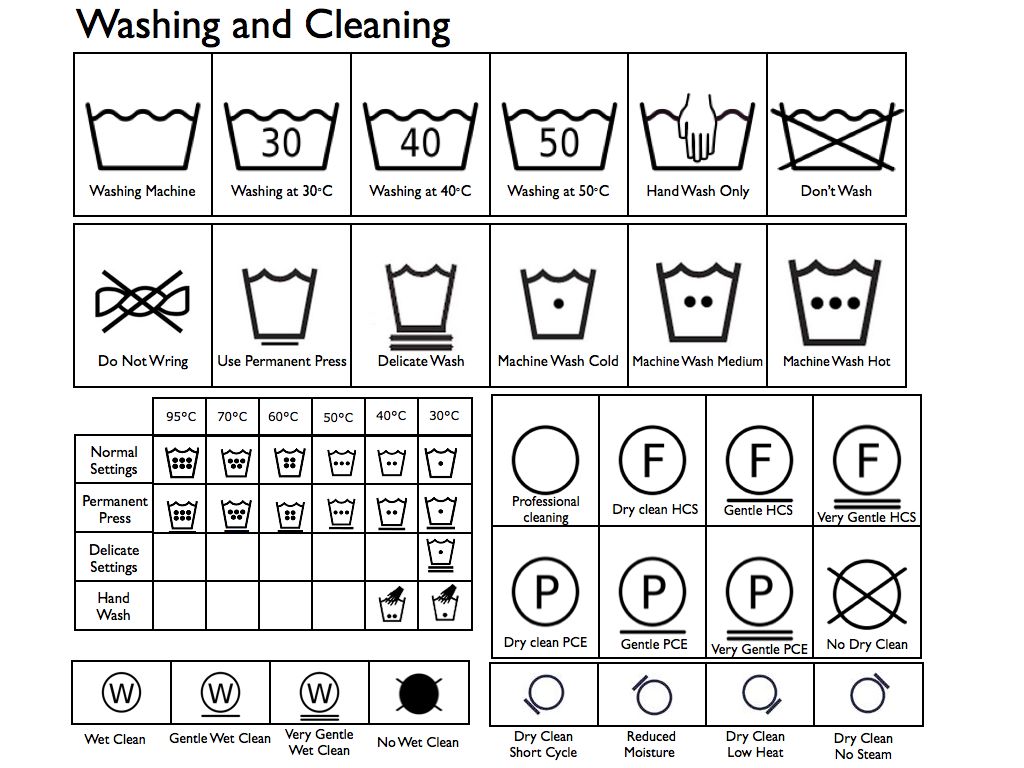FAQ - Facts - Hints
- Home
- About Wool
- Wool Facts & FAQ's
Wool facts, helpful hints & FAQ's
The co-operative grades and markets close to 3 million pounds of raw wool each year; the majority of this coming from Québec, Ontario and Alberta.
Each of the three general classes of wool (fine, medium and coarse) are sold wherever the best prices are available.
Fast fact: the average human hair is about 80 microns, coarse wool can be up to 32 microns.
Wool is...
- a renewable, natural fibre
- biodegradable eco-friendly ‘green’ fabric option
- colour fast fibre, retains its deep, rich colour without fading
- drapes beautifully, retains it’s shape, resists wrinkling & stretches for comfort
- durable fibre, resists snagging and pilling
- multi-season, insulates & breathes for comfort
- easy care, keeps from soiling
- odor reducing as bacteria is not attracted to fibre
- flame resistant as it naturally defends against fire
- moisture absorbing, it wicks & moves moisture away from the body to be evaporated
- water repellant, hydrophobic surface repels liquid
⇔ Download your copy today for better return on your wool clip.
Printed copies also available upon request.
 New Wool Care App for Apple and Android devices
New Wool Care App for Apple and Android devices
THE WOOLMARK COMPANY RELEASES ITS WOOL CARE GUIDE APP, SPREADING THE MESSAGE THAT CARING FOR WOOL IS EASY
The Woolmark Company is pleased to announce its rollout of a Wool Care Guide app, placing information on apparel care at the tip of your fingers.
Available for all Apple and android devices, the Wool Care Guide app can be downloaded free-of-charge via the Apple App Store or Google Play stores.
The Wool Care Guide app easily explains to consumers what different logos mean which they may find on their wool products, and details the steps to make caring for your wool apparel easy. You can wash, dry and iron your wool clothing at home with the confidence that Woolmark Apparel Care products are tested and approved for their performance in caring for wool.
Washing Wool and Sheepskins
⇔ click for more info
The Dumfries House Wool Declaration
The versatility of the Wool fibre has been appreciated by man since the stone ages and to this day keeps the modern consumer cool when they are active and protects the wearer from severe weather elements. Moisture on the skin is wicked away and no man-made fibre has the ability to regulate the body’s temperature in all weather conditions like Wool does naturally.
With this Declaration we commit our efforts, time and talents to promote, educate and enforce the wonderful natural attributes of the Wool fibre.
 Download the Dumfries House Wool Declaration today
Download the Dumfries House Wool Declaration today
Wool Questions & Answers
Q. Is it true that wool is comfortable to wear in both warm and cool climates?
A. Yes. Wool helps regulate body temperature because it is an absorbent fibre. When the air is cool and damp, wool absorbs moisture and keeps a layer of dry, insulating air next to the skin. When it's warm, that same absorption capacity takes up perspiration and keeps insulating dry air next to the skin...making the body's natural cooling system work better.
Q. Why are some wool garments comfortable next to the skin and others aren't?
A. Knit or woven wool fabrics use two basic types of yarns: woolen or worsted. Woolen yarns are spun from fibre (1" to 3" long) that have been carded only. These softer yarns are not twisted tightly, so more fibre ends touch the skin. Also, the points of the structural scales of the fibre itself can reach the skin. This is particularly true of the coarser wools. The worsted system spins yarns from longer, usually finer fibres after they have been both carded and combed; thus the fibres are more parallel going into the yarn - which is also twisted more tightly than woolen yarns. The combination of finer fibres and tighter spinning puts fewer fibre scale ends next to the skin making it more comfortable to wear.
Q. Why is wool a good investment?
A. The initial investment may be more; however, when you invest in a woolen wardrobe, your clothes will reflect both value and style. Wool weaves and knits into hundreds of different fabrics, patterns, weights and blends. Wool fibres do not easily pill, snag, or break, so a wool sweater outwears synthetics. Many lightweight woolen fabrics are good for year-around use. Other versatile wool fabrics are comfortable on the hottest days of summer or the coldest times of winter. Wool feels soft and luxurious, is resilient with natural elasticity and it resists wrinkles. Crush, stretch or twist wool and it springs back into shape. Wool garments don't bag or sag and they are durable. Wool wears for years with lasting good looks. Wool is a good investment.
Q. Do all wool fabrics shrink if washed?
A. Some do, some don't. Woolen fabrics that have not been treated for wash ability will shrink because wool has a central hollow core made up of overlaps like shingles on a roof or scales on a fish. Agitate these untreated fibres in soap and water and they interlock so that each fibre can't spring back to its original length, thus the fabric shrinks. Chemists have developed a mild, thin resin which is spread evenly over the fibre surface before spinning. It eliminates the friction between the overlapping scales of the central core of each fibre and eliminates shrinkage.
Q. What about the flammability of woolen fabrics?
A. Wool is the only fibre that naturally resists flaming. Unlike many artificial fibres which often melt and stick to the skin when on fire, wool usually smolders or chars instead of bursting into flame. Although wool will burn under intense fire, it normally self-extinguishes when the flame source is removed.
Fact Sheets on Wool
These PDF files are courtesy of the American Sheep Industry Association
For more information, please visit www.sheepusa.org
- HISTORY OF WOOL - Learn about mans history with wool
- CHARACTERISTICS OF WOOL - Learn about the benefits of wool
- PROCESSING WOOL - part 1 - Learn how wool is processed from the sheep to carding
- PROCESSING WOOL - part 2 - Learn how wool is processed from carding to finishing
- WOOL FABRICS - Learn about the different types of woolen fabrics
- CARE OF WOOL - Learn how to care for your woolen garments properly
IWTO WOOL FACT SHEETS
- Wool Interiors – Download
- Wool and Sleep – Download
- Wool and Skin – Download
- Wool Life Cycle Assessment – Download
- Wool and Babies – Download
- Recycled Wool– Download
- Wool and Fire – Download
- Wool in Aquatic Environments – Download
- Wool is Biodegradable – Download
- Choose Wool – Download
- Wool and the Carbon Cycle – Download
- Wool Sheep Welfare– Download
- Wool Test Certificates – Download
- Wool - A High Performance Fibre – Download
- How Wool Reduces Climate Impact – Download
To find out more about wool & sheep, please visit:
https://en.wikipedia.org/wiki/Wool or https://en.wikipedia.org/wiki/Sheep
12 Wonderful Facts about Wool you will love learning
Life cycle of a moth
Moth Prevention website www.mothprevention.com/pages/the-clothes-moth-life-cycle




